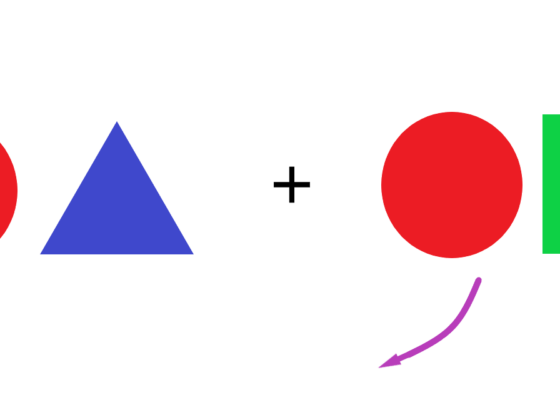Distribution
As we study mathematics, we are often presented with algebraic expressions that look complicated, but can actually be simplified to a more digestible form. Depending on the expression we are dealing with this can take many forms, but when dealing with polynomials we can often simplify an expression by expanding. Suppose we have the expression below:
![]()
Initially, this can look intimidating, but we can simplify it to remove the brackets and only have two terms! Remember that a term is number, variable, or product of numbers and/or variables. In this example, we would have two terms inside the brackets (![]() and
and ![]() ) and another term (
) and another term (![]() ) outside of the brackets. To expand this expression, we can use distribution. To do this, we multiply each term inside the brackets by the term outside of the brackets like so:
) outside of the brackets. To expand this expression, we can use distribution. To do this, we multiply each term inside the brackets by the term outside of the brackets like so:
![]()
Our final expression (![]() ) now doesn’t seem so complicated, as we have only 2 terms!
) now doesn’t seem so complicated, as we have only 2 terms!
Identifying When to Expand
In general, it is possible to expand an expression when there is multiplication of terms remaining to be done in the expression. For example ![]() can not be expanded as there is no multiplication of terms to done. However, we could expand
can not be expanded as there is no multiplication of terms to done. However, we could expand ![]() as we could multiply what is contained in each of the brackets.
as we could multiply what is contained in each of the brackets.
Foiling
If we look at the expression we just considered (![]() ), we notice that we can’t follow the same procedure as our first example (
), we notice that we can’t follow the same procedure as our first example (![]() ). To expand an expression like this, we need to introduce a process called foiling. Recall that to expand this expression we need to multiply
). To expand an expression like this, we need to introduce a process called foiling. Recall that to expand this expression we need to multiply ![]() by
by ![]() , but we don’t know how to do that yet. Foiling is the solution! To foil, we multiply each term in one set of brackets by each term in the other set of brackets. We show this below with colour:
, but we don’t know how to do that yet. Foiling is the solution! To foil, we multiply each term in one set of brackets by each term in the other set of brackets. We show this below with colour:

Foiling can be expanded to even more complicated expressions involving other mathematical operations (e.g. trigonometric functions, logarithms, exponentials, etc.), but the general procedure remains the same. As such, expanding and foiling are powerful tools in manipulating algebraic expressions.
This has been a brief introduction to the concepts of expanding. For more information on this topic as well as assistance with homework and test preparation, feel free to reach out to an Academic Director toll-free at 1 (877) 545-7737 or via our Contact Us page.
Powered by WordPress with QuickLaTeX


